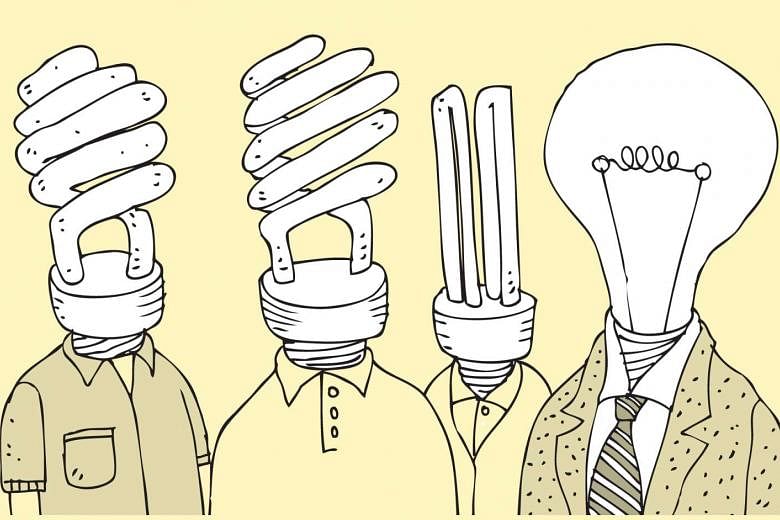Next week, Singapore is set to become the smartest place on earth when some of the world's most brilliant minds gather to teach and inspire.
The Global Young Scientists Summit, held here since 2013, aims to give more than 250 young researchers worldwide - 30 per cent of whom are from Singapore - the chance to get inspired by these giants of science.
This year's event, from Sunday to Friday, will also give up-and-coming scientists under the age of 35 an opportunity to showcase their work.
The summit at the Singapore University of Technology and Design (SUTD) will have 20 speakers, including Nobel laureates Harald zur Hausen and Andre Geim.
Professor Hausen won the Nobel Prize in physiology or medicine in 2008 for his work on the role of the human papilloma virus in cervical cancer.
Professor Geim won the Nobel Prize in physics in 2010 for his discovery of graphene, the world's thinnest material.
The event is also a platform to discuss the latest advances in science and technology.
Professor Low Teck Seng, chief executive of the National Research Foundation (NRF), said the idea for the summit was mooted after the then chairman of the NRF, Dr Tony Tan, visited the Lindau Nobel Laureate Meetings in 2010.
The event in Lindau, Germany, gathers hundreds of promising young scientists from across the world to exchange knowledge and ideas with Nobel laureates.
"Dr Tan observed that a large number of Asian applicants could not attend the Lindau meetings due to limited places available.
"He felt that a similar meeting in Singapore could offer opportunities to inspire the global research community, including Asian scientists and researchers," said Prof Low.
A participant at the Singapore summit last year, Dr Wong Him Cheng, 31, said it gave career scientists in their early years a chance to interact with their scientific heroes.
The engineering product development research fellow at the SUTD met, among others, Professor Michael Gratzel who gave a talk on the perovskite solar cell, known for its high efficiency and low production cost.
Prof Gratzel is the man behind the "Gratzel cell" which has the ability to capture weaker sunlight so that it can be turned into electricity.
Of all the pieces of advice Dr Wong received, the one that stuck came from a Nobel laureate who used to be a farmer.
"He said: Stay eternally optimistic, persevere and never get discouraged. This was said by Professor Ei-ichi Negishi, who worked in his family farm after World War II before he pursued a career in science and became a Nobel Prize-winning organic chemist," said Dr Wong.
Associate Professor Lim Tit Meng, chief executive of Science Centre Singapore, said such events can help young scientists understand that Nobel laureates also face many challenges in their journey of research. "How they creatively solve problems or handle failures are precious lessons for our young scientists," he added.
Among Singapore scientists showcasing their work at the summit is Dr Candice Chan, consultant at the Singapore General Hospital's Department of Infectious Diseases.
She will be presenting her work on mosquito-borne viral infections such as dengue.


